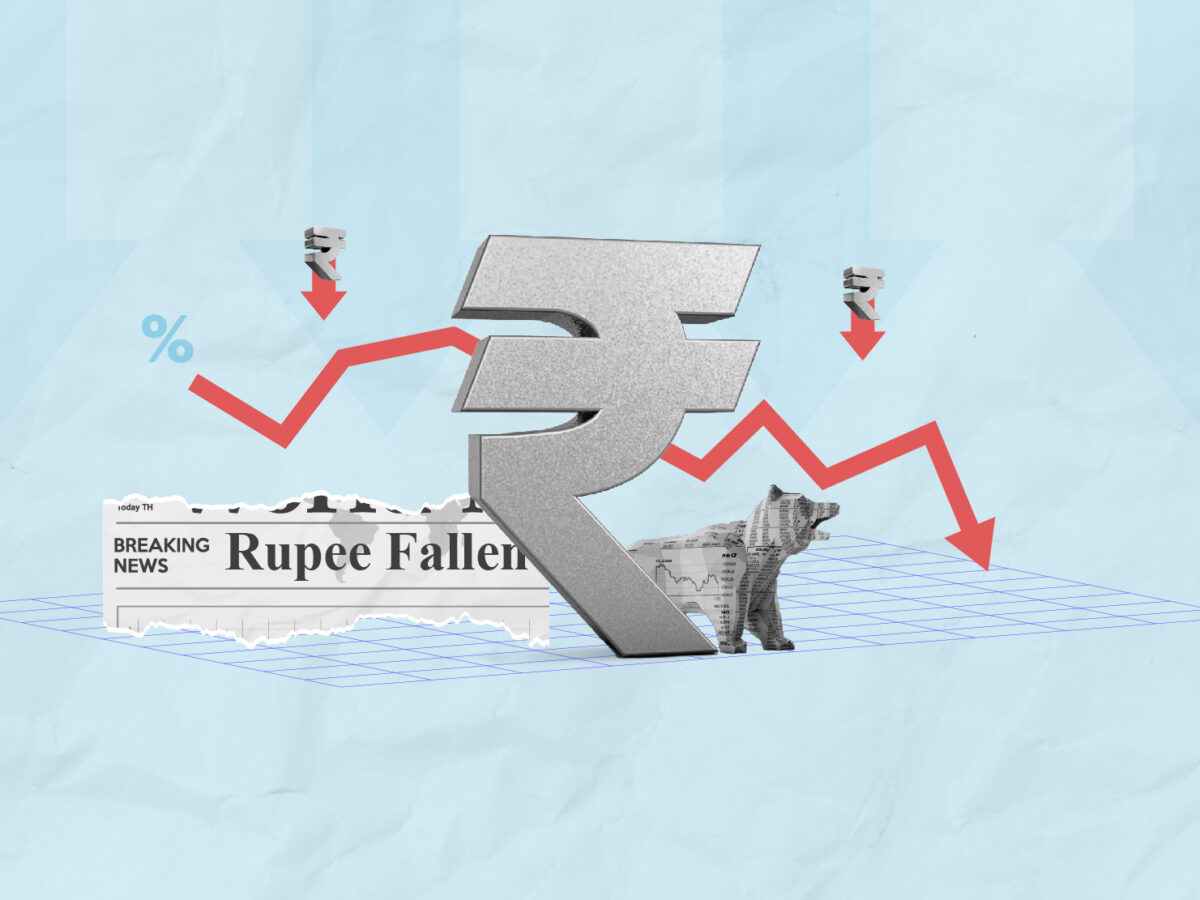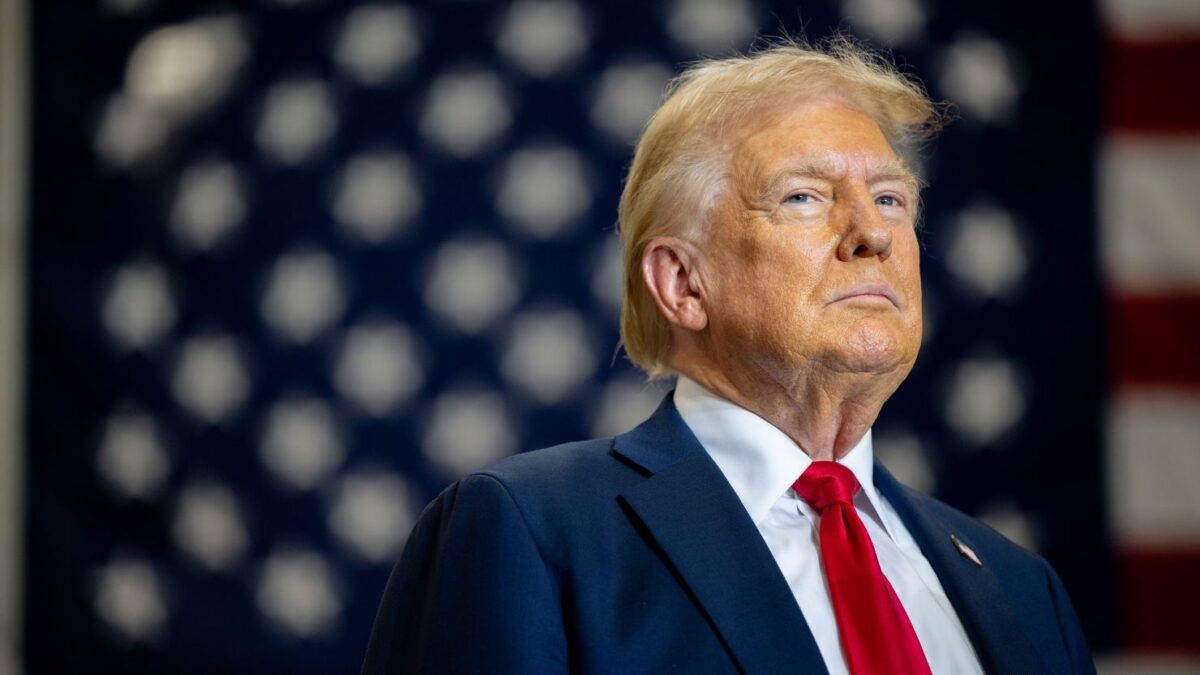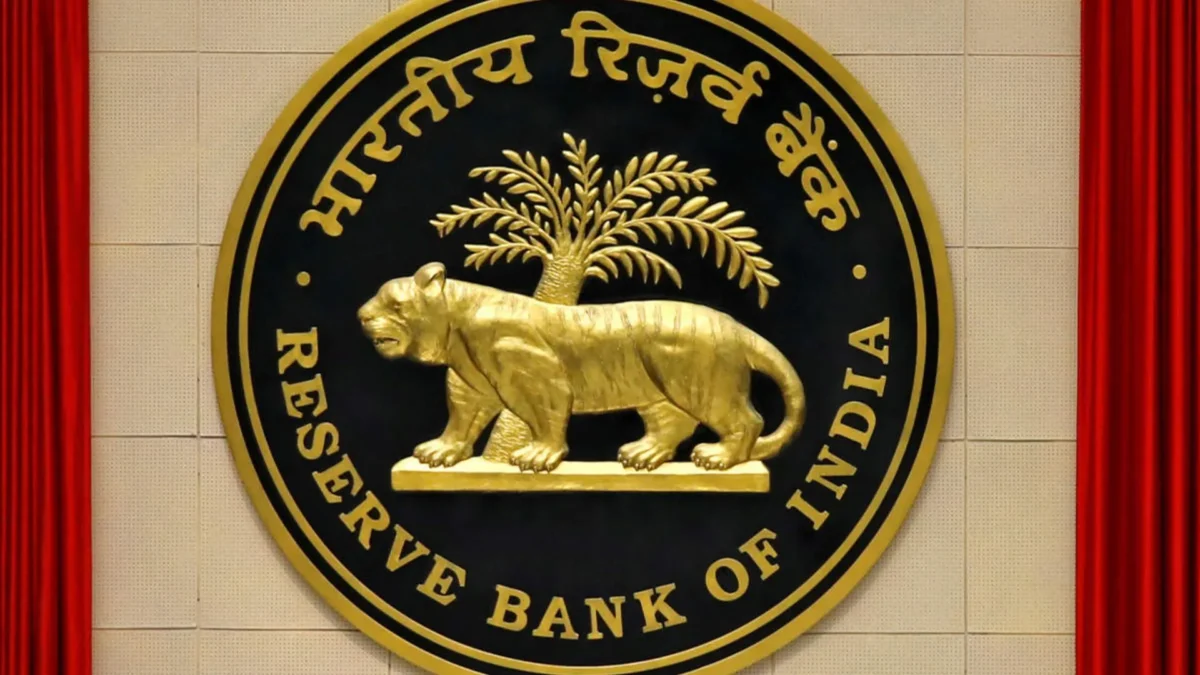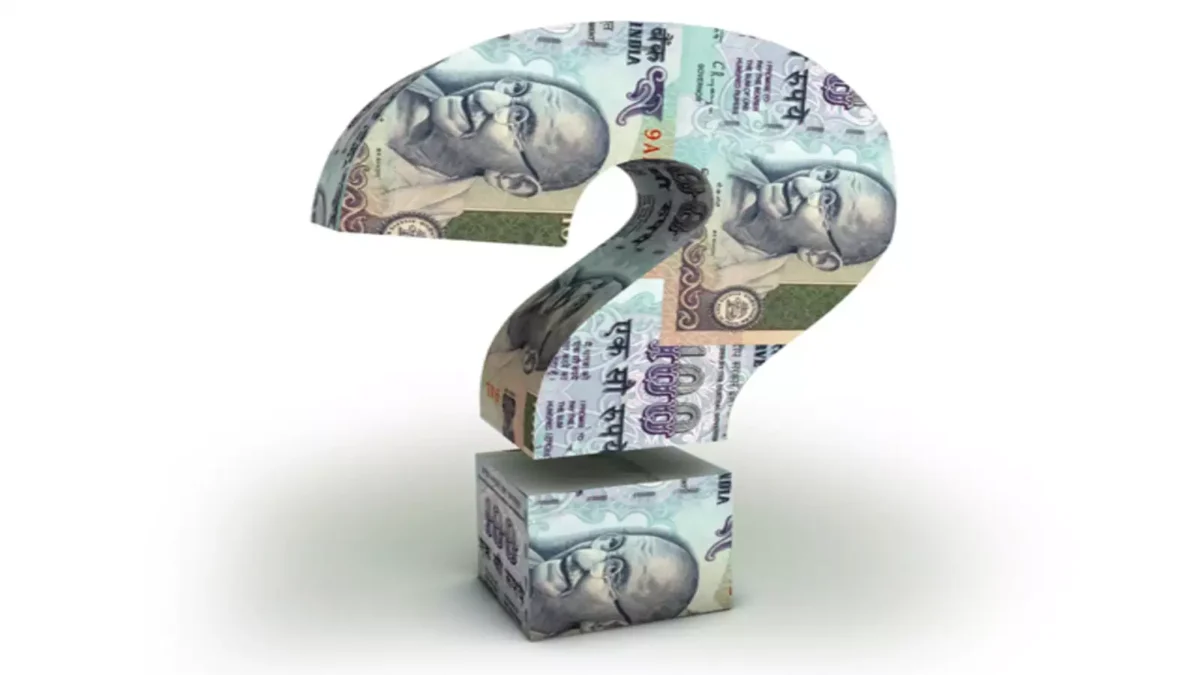RBI Sold $26 Billion Of India’s Foreign Reserves!
The Indian rupee has hit an all time low of Rs.84.38 against the U.S. dollar and RBI is emptying the foreign reserves to balance this out.

The Reserve Bank of India has been on an unprecedented defence of the Indian rupee, selling over $26 billion of its foreign exchange reserves since late September 2023. This massive intervention seemed to have stabilized the rupee at around the Rs.84 to a dollar, but doubts have emerged about whether such aggressive market intervention can be sustained, particularly as external pressures build. The strategy of the RBI has unfolded phase after phase of active buying and selling of dollars, and this intervention has sparked debate not only within India but also among global economists and international agencies like the IMF.
Mechanism Of The Intervention And The Process It Followed
Historically, RBI has been associated with its step-by-step cautious interventions aimed at reducing volatility rather than focusing on the specific exchange rate. But this is more than a critical juncture. The RBI has intervened more fiercely than ever in such a short time span to stabilize currency against mounting pressure from abroad.
 Late in September 2023, when the RBI responded, the rupee hit an all-time low of Rs.83.97 per U.S. dollar, however today it has gone down further to Rs. 84.38 to a dollar.
Late in September 2023, when the RBI responded, the rupee hit an all-time low of Rs.83.97 per U.S. dollar, however today it has gone down further to Rs. 84.38 to a dollar.
The RBI first allowed some appreciating value of the rupee, which pushed the currency up to Rs.83.49 by September 20, it soon put a reverse trend in place through the mechanism of dollar purchases, hence depleting its own reserves. RBI splurged $13 billion between September 13 and September 27, which in turn pushed the rupee a bit further down to Rs.83.67. Its most strident intervention was during October, at which time it sold $26.4 billion from its foreign exchange reserves, a currency-defense campaign of unprecedented aggressiveness since at least 2003.
The intervention was done in two batches: from September 27 to October 11, selling $14 billion and in the middle and last week of the month, selling another $12 billion. This intervention helped the rupee retain stability at a time when global conditions were such that the currencies of emerging market nations, including the Indian rupee, were under pressure.
The sheer scale and intensity of RBI intervention in such a compressed time frame are indicative of an approach that is much more proactive and decisive than was in evidence during previous years. Certainly during the 2013 “taper tantrum,” when it signalled it might reduce its bondbuying program, the RBI’s interventions were far more gentle, spread over several months.
This time, however, the moves by the RBI seem more urgent and focused, but with a deeper concern over the potential detrimental impact currency volatility may pose on the Indian economy.
The Market Forces And External Pressures
 Continued selling by Foreign Institutional Investments(FII) has been the primary reason why RBI has been intervening in the currency market.
Continued selling by Foreign Institutional Investments(FII) has been the primary reason why RBI has been intervening in the currency market.
FIIs withdrew capital from the Indian markets in the third quarter of 2023, adding pressure to the rupee. The growing challenge for the Indian currency formed with relentless selling by FIIs coupled with slowing growth in corporate earnings. The said situation was worse with a broader global economic shift.
The backdrop to this situation includes a global market environment characterized by rising U.S. interest rates and the possibility of extended monetary tightening in the U.S.
As a consequence, global investors started repositioning their portfolios with many opting to bring their funds back to the U.S. for the higher yields on the U.S. government bonds.
 The political climate in the U.S., with Donald Trump coming to power and significant policy changes that could occur as an outcome of his election victory, added to the confusion related to the flow of capital.
The political climate in the U.S., with Donald Trump coming to power and significant policy changes that could occur as an outcome of his election victory, added to the confusion related to the flow of capital.
Any of the proposals put forth had a reduction in the corporate tax rate in the U.S. to 15 per cent, which would have made the equities market in the U.S. more attractive, thereby stripping some flow of capital from emerging markets, such as India.
It is this global capital shift, along with prevailing domestic factors, that created pressure on the rupee, and it broke below the Rs.84 mark for the very first time on October 11, 2023, at Rs.84.06. As if to add insult to injury, the rupee continued to lose value in November at Rs.84.38, establishing a fresh low as a rally of the U.S. dollar continued unabated.
Breaking Point And The Challenge Of Dollar Strength
Domestic policy has stabilised the currency on so many occasions but can hardly be at its own mercies since ultimately all attempts along such lines could go overwhelmed. It was, and has continued to be the power play of the US dollar which was bolstered both due to the Federal Reserve’s cycle of tightening as well as general flight to safety the same has been assisting with its spread around the globe that was behind rupee downfall.
As grave as the situation became in the face of aggressive RBI interventions, the Indian rupee could not help but attract a stronger U.S. dollar by gravitational pull. This is what happens when one bets on a system solely on the depletion of foreign exchange reserves for defending the currency, when that currency is benefited by positive fundamental structural factors such as higher US interest rates and geopolitical risks favoring safe haven assets.
It has now clearly emerged that RBI’s intervention in the rupee was more of a panacea, though temporary than a long-term solution as the rupee is still continuing to slide. In addition, simultaneously, it also seems that RBI’s strategy is one of smoothing and stabilizing the volatility of the rupee so as not to see steep increases that could upend the Indian economy.
However, for how long this policy cannot be sustained, particularly in the face of a strong dollar staying put for longer or more capital leaving the country is far from clear.
International Scrutiny and Policy Implications
These steps did not go unnoticed internationally. It was an unusual decision by the International Monetary Fund to reclassify India’s exchange rate regime from a ‘floating’ currency system to a ‘stabilized arrangement’ in December 2023.
While the official vantage point of the central bank is that it does not intend to defend any specific exchange rate, the pattern of interventions suggests otherwise. Gains to the IMF reclassification are important in this context as it assumes a shift in how the global financial community views India’s currency management.
 Traditionally, floating exchange rate systems are characterized by minimal intervention from central banks, but RBI’s moves have brought the country closer to a managed or stabilized regime of exchange rates.
Traditionally, floating exchange rate systems are characterized by minimal intervention from central banks, but RBI’s moves have brought the country closer to a managed or stabilized regime of exchange rates.
This may impact India’s international prestige, as such interventionist policies are likely to be viewed skeptically by other global investors and central banks. These measures are somewhat out of line compared with the approaches of other major emerging markets.
While Brazil and Indonesia, to name two examples, have too intervened in currency markets during periods of external pressure.
Similarly defending the lira against a falling currency became something of a cautionary tale in Turkey. Despite the huge selling of foreign reserves to prop up the lira by the central bank of Turkey, the lira continued its fall, with substantial losses in foreign exchange reserves along with long-term instability.
These are lessons that overzealous currency-defense policies are hazardous because short-term successes and instability can have debilitating long-run consequences such as – reserve depletion, loss of market confidence, and even adjustment away from economic fundamentals. For instance, in the case of India, foreign reserves cannot be continuously sold off in the defence of the rupee, no matter how miraculous its utility seems to be, for a little while since it does absolutely nothing to rectify any fundamental economic aspects.
What About The Future ?
 The fundamental question that this intervention strategy of the RBI throws up is whether this policy can sustain itself in the long term. India has large foreign exchange reserves, estimated to be around $700 billion at the end of 2023, but the rate at which these are being eroded is unsustainable if the rupee is to be saved from external factors. The RBI needs to balance out the costs of continuing aggressive interventions, particularly if the global economic environment does not stabilize.
The fundamental question that this intervention strategy of the RBI throws up is whether this policy can sustain itself in the long term. India has large foreign exchange reserves, estimated to be around $700 billion at the end of 2023, but the rate at which these are being eroded is unsustainable if the rupee is to be saved from external factors. The RBI needs to balance out the costs of continuing aggressive interventions, particularly if the global economic environment does not stabilize.
In the future, the RBI will have to reconsider its policy and opt for a relatively relaxed currency management policy hereafter. Specifically, the RBI will have to adopt a more discriminate strategy wherein interventions will only be resorted to forestall extreme volatility, allowing more maneuverability in the rupee. Such a policy would save foreign exchange reserves for a longer period of time and avoid the possibility of a confidence crisis in the currency market.
It is hard for India to control its currency management given the structural factors that favor the appreciation of the dollar and the global dominance of the U.S. dollar.
The dollar strength might continue for a more extended period with this backdrop of U.S. monetary policy, global trade dynamics, and geopolitical risks, which proves to be difficult for the RBI to maintain the present system of management for too long.
In this respect, RBI’s approach might just have to undergo a transformation such that the stability of the rupee is achieved without affecting the larger economic stability of India.




